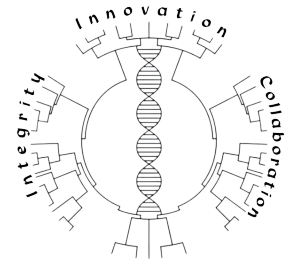Review Article
Computation and Comparative Modelling Approaches in Infectious Disease Prediction
Muhammad Shahzaib Hasnain
Published on : June 2025 | Volume : 2 Issue : 1
Abstract :
Infectious diseases are one of the significant health concerns worldwide because of the high rate of disease transmission and multifactorial severity. The novel emerging and re-emerging pathogens necessitate the prediction tools that are precise and timely. Big data, algorithms, and real-time analytics have helped computational models to promote disease forecasting. Such models include mathematical models, machine learning methods and bioinformatics models. This review classifies the models of predicting infectious diseases into four groups, namely epidemiological, simulation, mathematical and bioinformatics-based. The assessment of each category is made on basis of structure, application, computation requirements as well as data dependency. Comparative analysis revealed that each model approach has its strengths and weaknesses as preferred. High scalability, low power consumption, and flexibility are the factors which are important to consider while choosing modelling approach. Correspondence analysis was also used in the review in order to put the connection between the types of pathogens and the organ systems. Respiratory and immune systems are the focus of the viral diseases. Diseases that are related to bacteria are linked with the respiratory and the nervous system. Parasites diseases exhibit close relation to blood and hepatic systems. The links of fungal infections are associated with the nervous system. This review will aid researchers and policymakers in selecting appropriate tools for infectious disease prediction and intervention planning
